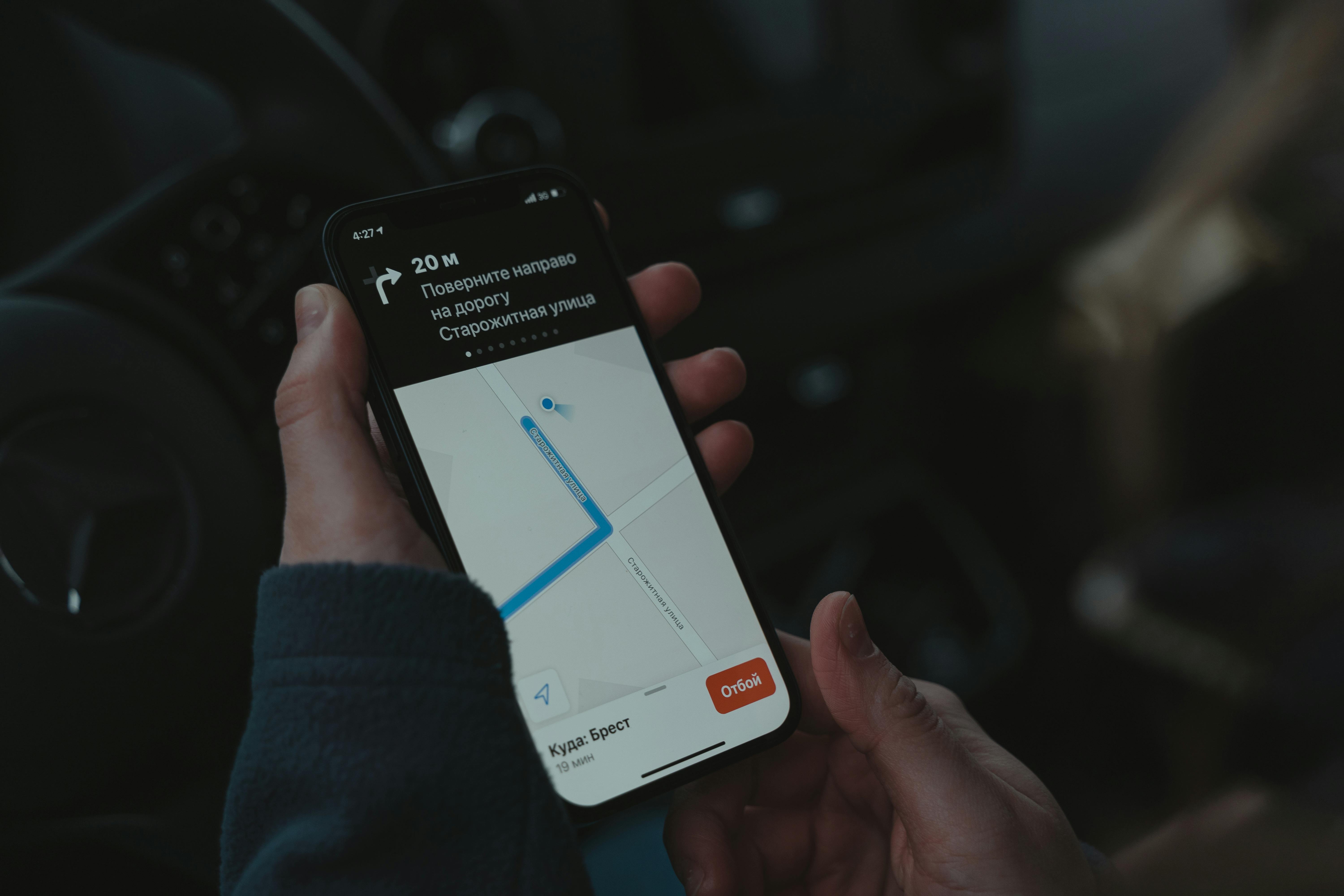As GPS technology becomes increasingly integrated into family life, many parents are turning to child-tracking apps and devices to help ensure safety and peace of mind. But despite the rise in popularity, one common concern remains: How accurate is GPS tracking for teens?
In 2025, GPS tracking systems are more advanced and widely accessible than ever. Still, accuracy depends on several key factors, including the device you use, the environment your child is in, and the technology powering the app. This guide breaks down what parents should expect when it comes to GPS accuracy, how it works, and when it might fall short.
What Does “GPS Accuracy” Mean?
GPS accuracy refers to how closely a device can pinpoint a person’s real location using satellite data. In practical terms, it answers this question: When the app says my child is in a certain place, how close is that to their actual physical location?
Modern GPS receivers—like those in smartphones and trackers—can typically determine location within 5–10 meters (16–33 feet) under ideal conditions. However, real-life scenarios rarely involve perfect conditions, and accuracy can fluctuate based on several variables.
How GPS Tracking Works in 2025
Today’s GPS systems use a mix of technologies to deliver better accuracy than ever before:
- Global Navigation Satellite Systems (GNSS): Devices connect to multiple satellite systems (like GPS, GLONASS, Galileo, and BeiDou) to triangulate location.
- Cellular Towers: Help refine location when GPS signal is weak, especially in urban or indoor areas.
- Wi-Fi Positioning: When available, nearby Wi-Fi networks provide additional location data.
- Bluetooth Beacons: Used in some schools, malls, or public spaces for hyper-local indoor tracking.
In 2025, most child safety apps and wearable GPS devices combine all of these to improve performance across environments.
Typical Accuracy Ranges (and What Affects Them)
Here’s what parents can realistically expect based on environment:
| Environment | Expected Accuracy | Details |
|---|---|---|
| Open outdoor areas | 5–10 meters (16–33 ft) | Best accuracy; clear satellite signals |
| Urban areas with tall buildings | 10–50 meters (33–164 ft) | Signal bounce (multipath error) possible |
| Indoors (home, school) | 10–100 meters (33–328 ft) | Relies more on Wi-Fi or cellular signals |
| Underground/subways | Varies greatly | Often unavailable or inaccurate |
5 Factors That Impact GPS Accuracy for Teens
1. Device Quality
Low-cost GPS wearables may use outdated chips or offer minimal multi-satellite support, resulting in weaker accuracy. Smartphones generally offer more reliable tracking.
2. App Settings
Apps must have proper permissions enabled—especially for “Precise Location” and background tracking. Inaccurate settings can lead to delayed or false location updates.
3. Battery-Saving Features
Some phones or apps pause GPS updates when in power-saving mode. This can cause outdated or “frozen” locations on your app.
4. Environmental Obstacles
Trees, tunnels, skyscrapers, or even bad weather can interfere with satellite visibility, reducing accuracy.
5. Network Strength
Poor Wi-Fi or mobile data coverage affects how frequently the device can send updated GPS information to your tracking app.
Is GPS Accurate Enough to Trust in Emergencies?
Yes—with caveats.
In 2025, GPS tracking for teens is accurate enough for most everyday situations: checking school drop-offs, monitoring bus routes, or knowing when your child arrives home. However, parents shouldn’t rely solely on GPS in emergencies.
Instead, pair GPS tracking with features like:
- SOS buttons or panic alerts
- Location history logs
- Geofencing alerts (notifications when your child leaves or enters a safe zone)
- Battery monitoring (so you know when a child’s phone may shut off)
Used together, these tools provide a multi-layered safety net, not just a single point of location.
Tips to Maximize GPS Accuracy for Your Child
- Choose a high-quality tracker or trusted family locator app
- Keep the device fully charged
- Ensure location permissions are set to “Always” or “Precise”
- Educate your child to avoid turning off location or data
- Test the app weekly to confirm location updates are reliable
Final Thoughts
In 2025, GPS tracking for teens has never been more capable, but it’s important for parents to understand its limits and optimize conditions for the most accurate results. While no system is perfect, today’s GPS tools—when used correctly—are a powerful way to stay connected and protect your family.
So, is GPS accurate enough to help you parent smarter in today’s world? Absolutely. Just remember: it works best when paired with proactive communication, responsible device use, and the right safety features in place.
